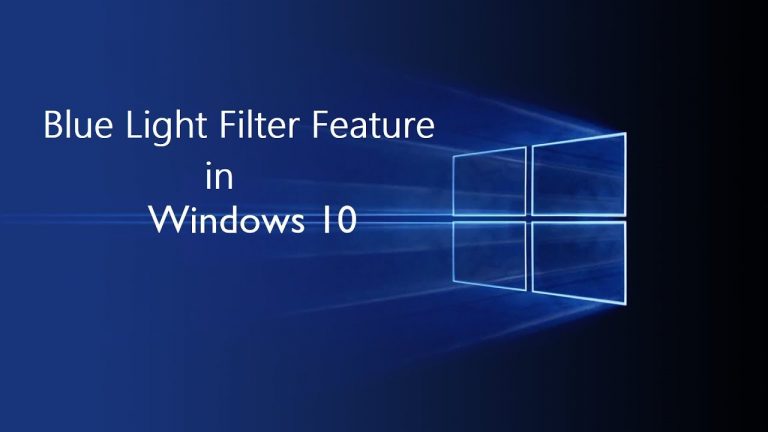What does Hemivertebrae mean?
hemivertebrae (hem’ē-vĕr’tĕ-bră, -brē) A congenital defect of a vertebra in which one side of a vertebra fails to develop completely.
What causes a Hemivertebrae?
Hemivertebrae, or wedge-shaped vertebrae, are caused by failure of formation or segmentation of somites during osteogenesis. One probable cause of this failure is a lack of blood supply to the vertebrae.
Are all Pugs unhealthy?
pugs have been bred to the point that it is basically unhealthy for them to be alive. of course people who own pugs will fight you to the death regarding that but practically all vets agree that pugs are notoriously unhealthy animals.
Do Pugs have problems with their back legs?
Pug Myelopathy is a recently recognized spinal condition believed unique in Pugs. Originally referred to as “Weak Rear”, this has become a widespread problem in Pugs. The rear legs appear to be weak, but the cause is a neurological deficit that develops in the spine.
What are the symptoms of hemivertebrae in dogs?
The majority of dogs who suffer from hemivertebrae don’t display any clinical signs, or the signs they do have are mild. Some symptoms of the disease that might be found in the dog include urinary incontinence, fecal incontinence, weakness in the hind limbs and pain.
When do you Know Your Pug has hemivertebrae?
The condition is usually seen quite early in your pug pup’s life. Typically it may appear around the age of 4 to 6 months, so it is unlikely you’ll know your pug has hemivertebrae until after you get him home.
What kind of disease does a pug have?
Several other well documented conditions in Pugs also cause symptoms of ataxia, including hemivertebrae (usually young dogs); acute sudden onset Intervertebral Disc Disease (IVDD) or “slipped disc” – (usually painful); spinal cord tumors; and spinal arthritis in elder dogs.
When do Pugs show signs of hip dysplasia?
Pugs with hip dysplasia usually respond well to medical treatment and don’t need surgery, unlike the larger dog breeds. Legg-Perthes also affects the hip joints and hind legs. Pugs and toy breeds are particularly at risk. A pug pup tends to develop this after he reaches 12 weeks but will only show symptoms once he reaches 6 to 10 months.
The majority of dogs who suffer from hemivertebrae don’t display any clinical signs, or the signs they do have are mild. Some symptoms of the disease that might be found in the dog include urinary incontinence, fecal incontinence, weakness in the hind limbs and pain.
The condition is usually seen quite early in your pug pup’s life. Typically it may appear around the age of 4 to 6 months, so it is unlikely you’ll know your pug has hemivertebrae until after you get him home.
Several other well documented conditions in Pugs also cause symptoms of ataxia, including hemivertebrae (usually young dogs); acute sudden onset Intervertebral Disc Disease (IVDD) or “slipped disc” – (usually painful); spinal cord tumors; and spinal arthritis in elder dogs.
Pugs with hip dysplasia usually respond well to medical treatment and don’t need surgery, unlike the larger dog breeds. Legg-Perthes also affects the hip joints and hind legs. Pugs and toy breeds are particularly at risk. A pug pup tends to develop this after he reaches 12 weeks but will only show symptoms once he reaches 6 to 10 months.
What is the most common form of Hemivertebrae?
The most common location for hemivertebrae is the midthoracic region (especially T8), and they are the most likely vertebral defect to cause neurological problems. There are four distinct types: incarcerated, nonincarcerated, segmented, and unsegemented.
Is Hemivertebrae serious?
It may affect single or multiple vertebrae, and can result in scoliosis, thoracic deformity, and even abnormal development of the heart and lungs. The etiology of hemivertebra is unknown. It seriously affects the physical appearance of patients, their spinal function, and their cardiopulmonary function.




![Best 6 CYRO.SE Alternative Sites Movies [2021]](https://idairco.com/wp-content/uploads/2021/09/best-6-cyro-se-alternative-sites-movies-2021-1-768x460.jpg)





